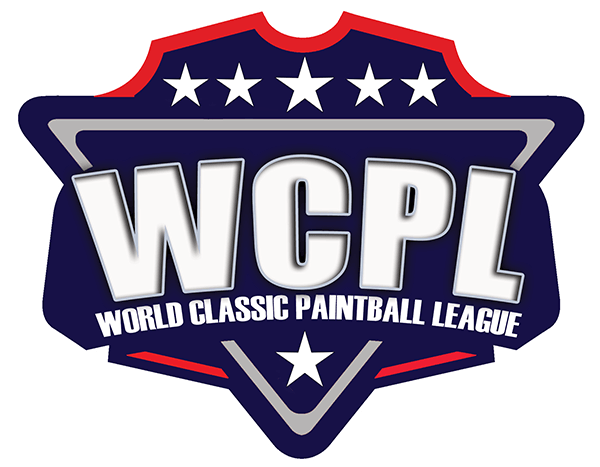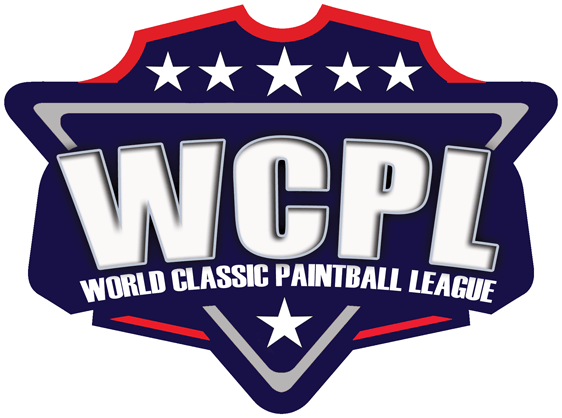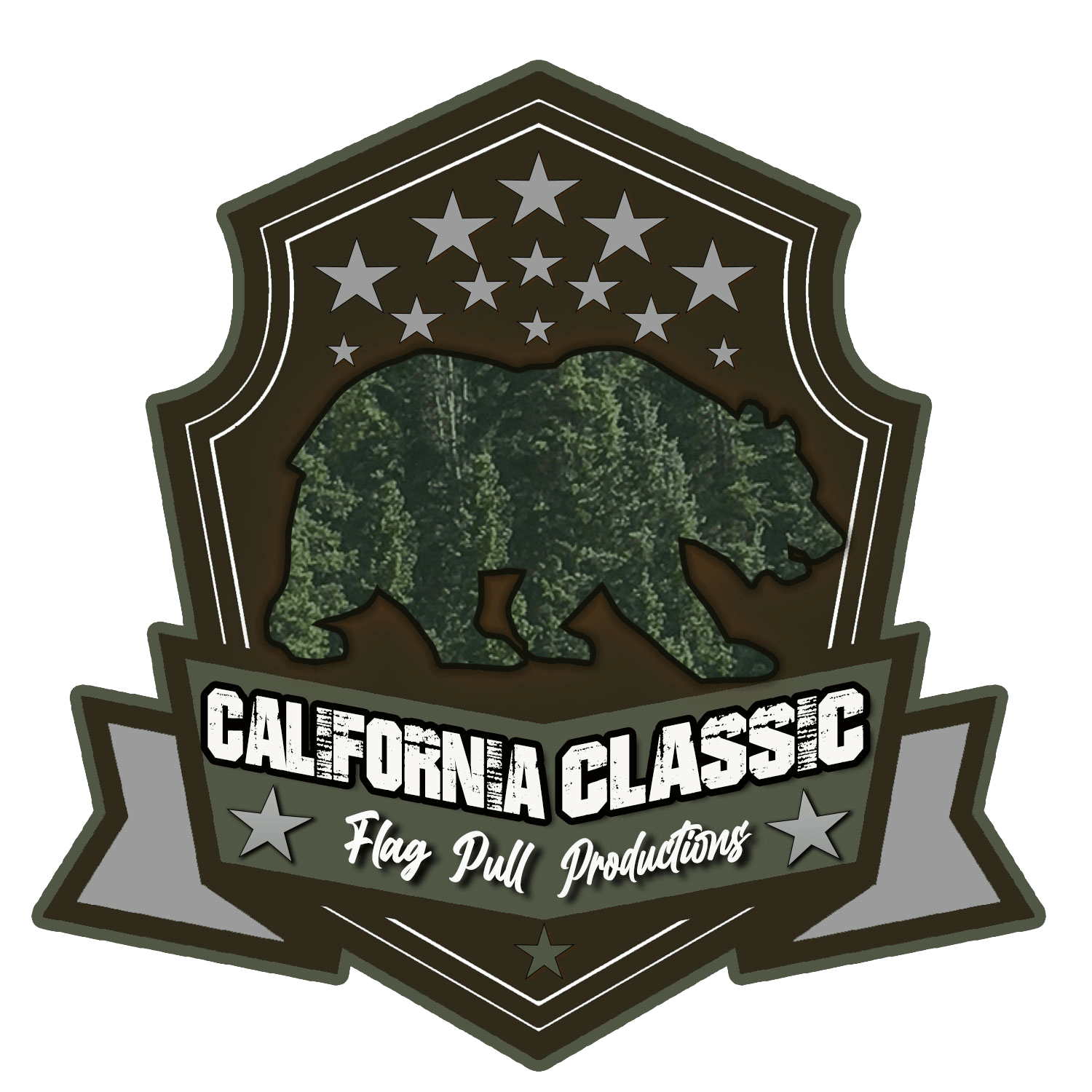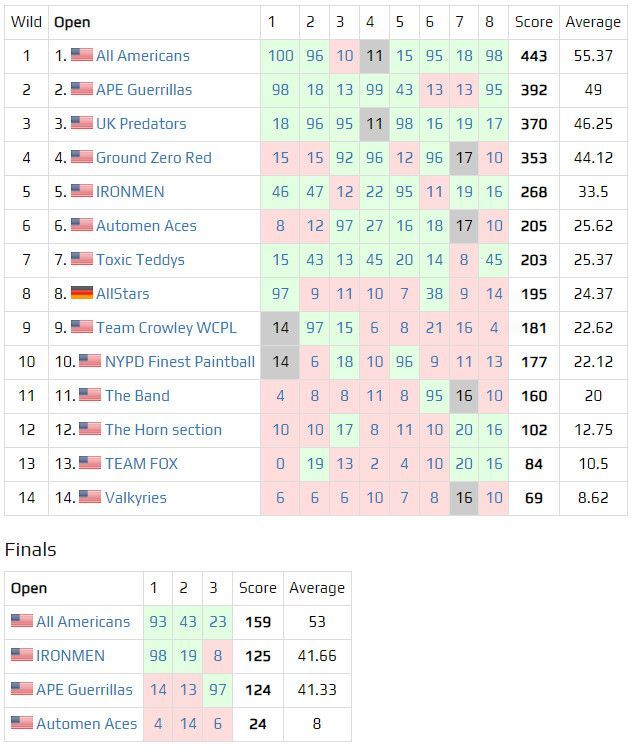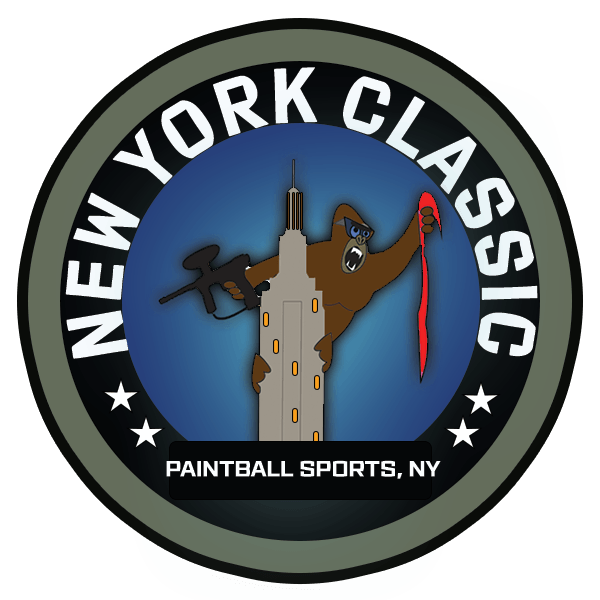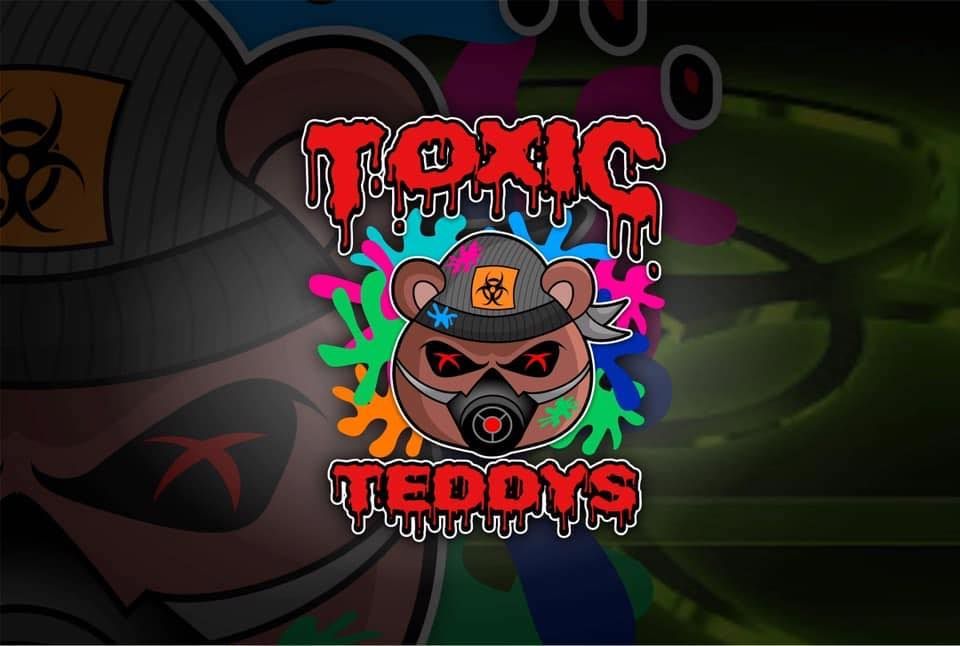The Road To Paintball
Getting back into this sport after a lengthy hiatus has been both an eye-opener and a nostalgia trip for me.
I think the most rewarding aspect for me (so far) has been renewing friendships and acquaintances with players who have as long a tail of paintball history behind them as I do (some even longer!) and the fun and camaraderie that accompanies conversation with people who "know what I'm talking about".
What I mean is, talking with people who aren't just intellectually aware of things like 12-gram cartridges and Uvex goggles, but have themselves sought out, used, modified (and sometimes improved upon) the gear we all used to use, especially because, make no mistake, the gear we had available was:
NOT made for paintball
NOT the results of decades of refinement
NOT easy to source
Comparatively Expensive
As an example: You'd probably be fairly dismissive if I were to tell you that one of the "skills" I considered to be important to master back then was being able to change a 12-gram while on the run. "You mean you had to change your gas source during the game?" "Yes. Multiple times." "What's the deal with doing that while running?" "Well, see, there was this fine-threaded screw plug on the 12-gram tube, and there was usually residual pressure, and there was a good chance that whoever you were shooting at would recognize that you needed to change, so...".
If you are beginning to get the impression that things were a lot different back then, you'd be right.
I'm fortunate to have started playing at "The Friendly War Game" field, Skirmish USA in the Poconos (PA), owned and operated by Paul & Cleo Fogel and managed by a pioneering field manager named Barry Hill (who is sadly no longer with us). Barry himself used to reminisce about the Old Days "...when the paintballs were square and we used saran wrap for goggles...".
Paul taught a LOT of people how to effectively market their fields and Cleo taught everyone how to take paintball pictures. In fact, the image below, which is from 1984, is one of hers and it fortuitously captured my very first flag capture. (Eventually I had captured so many flags - you got to keep them as souvenirs - that Paul had to ask me for a bunch of them back when they had supplier issues.)
I thought I'd use that picture to give you all some idea of what it was really like to play back then.
Here's the original image:
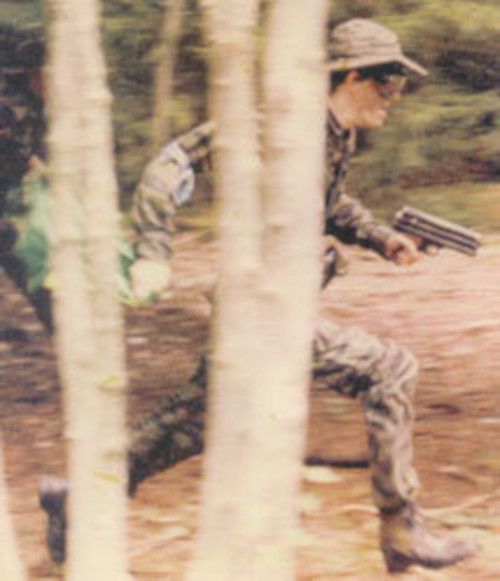
(Its a bit blurry but that's not Cleo's fault: A. 1984 photographic equipment and B. A little enlarging to show detail.)
And now, a numbered version pointing out various pieces of equipment:
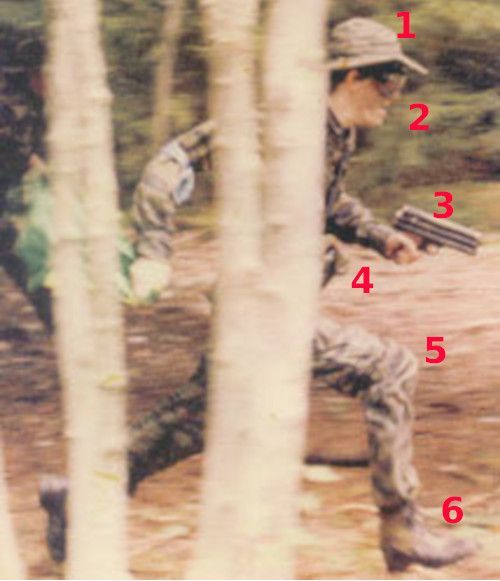
Starting at the top: 1. Boonie Hats
Head protection was mandatory (remember, the balls were heavier back then...and square (LOL).) Most folks wore a turned around ball cap or a woolen one, but:
At Skirmish, as for most fields back then, and for a brief time, head shots were "illegal". If you shot someone in the head, you were out.
I was very thin back then and the brim of a Boonie hat pretty much protected my entire body if angled correctly. I once won a game by leaning to deliberately catch a shot on the brim - eliminating the shooter as a result. (And note that my Boonie Hat matched my cammo.)
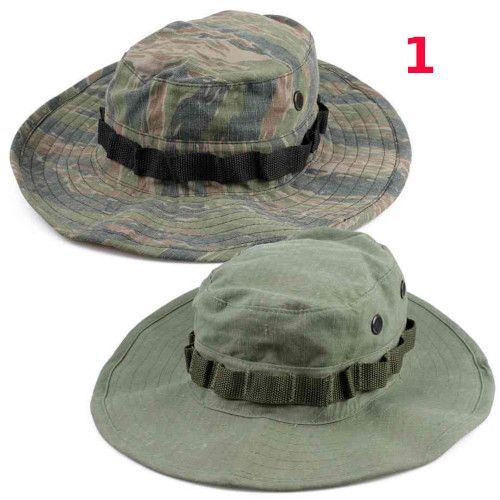
2. Uvex (Green) Goggles.
Initially, Skirmish used "safety goggles" but eventually replaced them with the Uvex, which had a light green shade to them. Uvex were, at the time, considered to be the preeminent eye protection for the game, but Uvex eventually pulled out owing to being the go-to target for lawsuits (much as NSG had been previously). The goggles were fine, met safety standards and then some, but the company didn't want to deal with the "paintball headache".
Yes, Virginia, we played without facemasks, ear protection, neck protection, as many a cheek, and chin bleeding welt can attest to. I didn't mind at all. Those welts were advertising for the game. ("What happened to you!?"
"Paintball")
It wasn't just machismo. There were no facemasks back then.
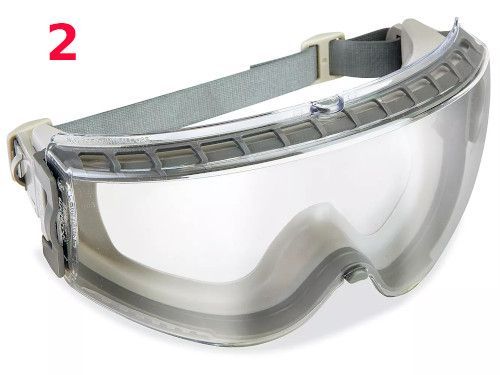
Not numbered: Camouglage face paint.
That's not dirt on my face, its streaked camouflage paint.
We'd get these campacts for hunters. I'd drag three fingers through it and smear diagonal stripes across my face.

3. PG Pistol from Benjamin Sheridan.
Everyone at Skirmish used rental markers - the one shown in the image.
You'll note a couple of interesting things right off the bat: no hopper, no tank, no pump.
This is the gun that I used to train with changing 12-grams. See that knurled knob at the right side of the lower barrel? That's what I had to unscrew to dump a spent 12-gram and then screw in again to pierce a new one.
You see that other knob on the left of the middle barrel? That's what you had to give a quarter turn to, pull out to cock the hammer, then push back in and give a quarter turn back to fire a shot.
When at my best, I could get 10-12 shots out -
per minute. Yes, not per second. Minute.
This meant that there was a decent interval between shots being fired at you, which meant a lot more moving about as you exchanged with an opponent. You could leap into a group of opponents and get them to surrender, and it was often easy to intimidate "newbies" to the point that they'd get so rattled they'd fumble the cocking. I loved bunkering people on Sup'Air fields, but there's still something to be said for getting them to surrender.
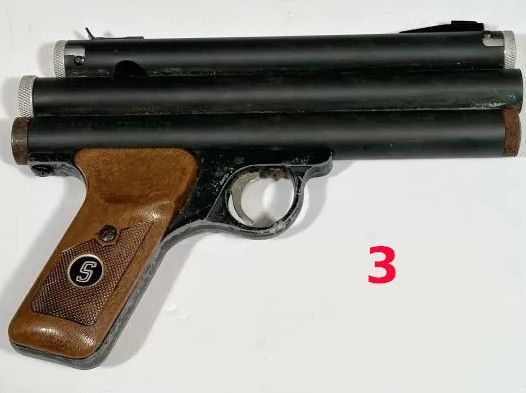
4. M16 Ammo Pouches
JT Harnesses? Vests? Packs? Those were more than a year away when I started playing, but a trip to ye-olde Army-Navy store offered a solution - a military belt and multiple magazine pouches for M16 magazines.
You could comfortably fit twelve 10 round tubes into one. I ended up with two, carrying the previously unheard of ammo load of
240 rounds!
This was a bit awkward, as the PG pistol's magazine only held 9 rounds, so it became fairly common practice to always have a ball chambered.
Go back to Pic 3. See that knurled knob on the left side of the top barrel. Yes, the PG was a "tilt feed" gun. meaning that you had to take the barrel off of your target to load another round. You simply could not lay a string of balls on a target, you had to aim and fire each shot individually, and re-acquire your target between shots. In order to reload, you had to give that top knob a quarter turn, pull it out (don't lose it!), pull the cap off of a tube, mate the tube to the end of that upper barrel, pour the rounds in, store the tube, replace the plug. Try doing that on the run. (One trick was to take that extra tenth round and hold it in your hand so you could "quick load" a shot if you really needed on.)
(The belt can't be seen in the top image.)

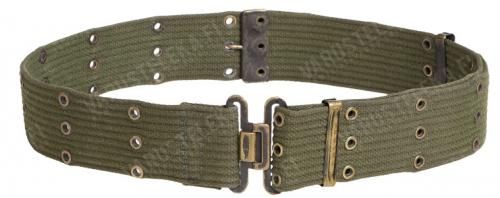
5. Camouflage Uniforms
I was an early adopter of Tiger Stripe. First, there were very few alternative patterns (a lot of players wore sweats) and second, everyone else was wearing woodland BDUs, so I had to go a little different. (Ultimately my team settled on OD BDUs as they were the best "universal" cammo pattern. These days, the brighter and flashier you are, the better. But back then we were trying to hide from the camera, not show off.
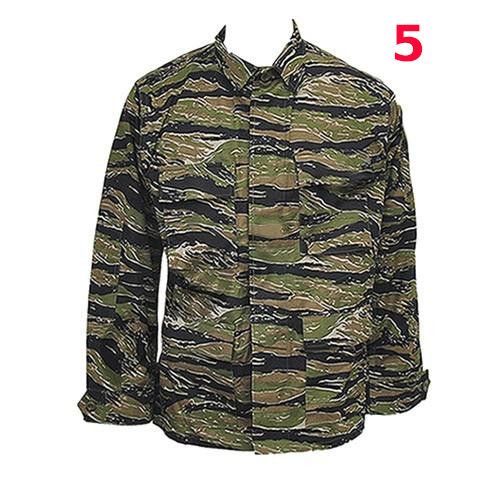
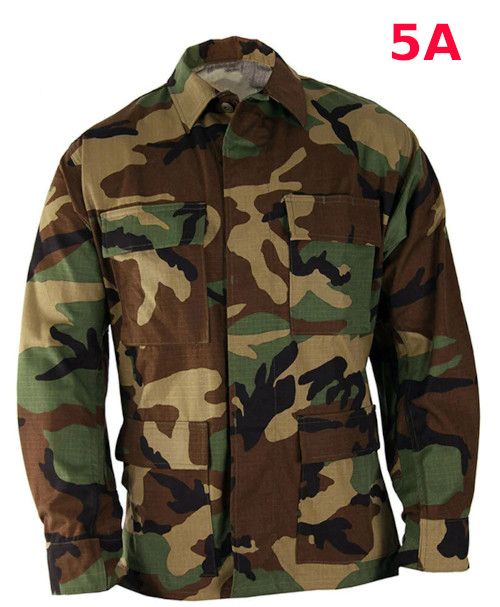
6. Combat Boots
I'm wearing Vietnam war era "jungle boots" (military issue"} because Skirmish had a lot of streams and swamps and they were the lightest footwear available at the time. They added a good few pounds to your field kit and running in them was not all that easy, but when laced properly, they gave great ankle support. On the other hand, jungle boots are definitely not made for Pennsylvania winters. I frostbit a couple of toes wearing them during winter play. And that's because, back then, there were no tents or shacks or clubhouses to hang out in. Drive to the mountains, take a bus into the woods and STAY THERE ALL DAY, in the middle of winter.
Try putting a pair of these on and see how fast you are on the break.
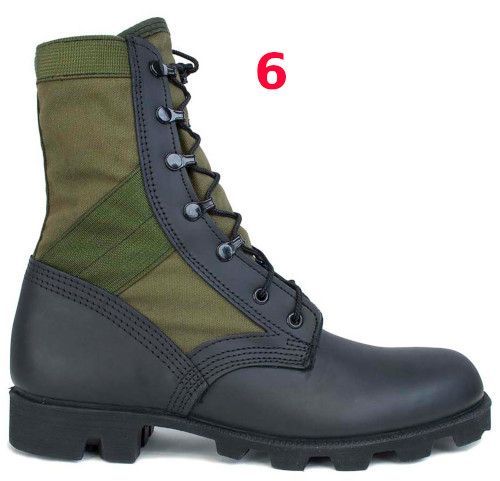
A few other pieces of common equipment also not shown in the top photo:
Ten round tubes. They're actually cigar tubes. And a lot cheaper than the aluminum screw top ones that Nelson Paint supplied for a while. It would be multiple years before someone added a tethered cap. In the meantime, they still litter fields in the northeast.
12 Gram cartridges. Gun makers cautioned everyone to only use Crosman 12 grams, but we soon learned, owing to the cost, that the Leland corporation of NJ actually made the best ones. Most fields charged 50 to 75 cents per 12 gram, which were good for maybe 20-25 shots. (Paint went for anywhere from 20 to 30 cents per ball, and more, at commercial fields. Later I cut a deal with the field and was able to get 2500 round cases (yep, they used to have an extra 500 rounds per box back then) for $125/case.

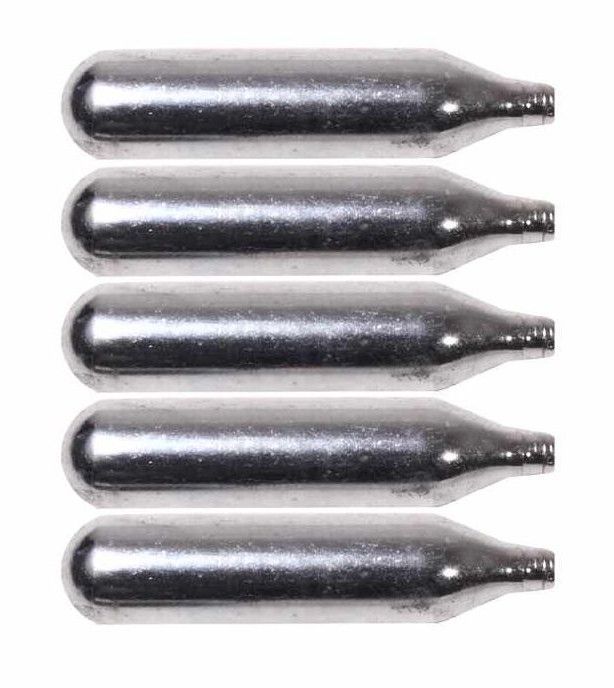
A bit later than the era depicted, JT Racing brought out 12-gram wrist holders, which were a godsend.

And as time progressed I kept up with the joneses: I got my own (pump) PGP - no more rentals for me. That was followed by a McMurray & Sons Annihilator that was further customized; JT Harnesses for tubes and 12-grams, a Woodstalk face shield, A stick feed, an auto-trigger and so on through the gear evolution.
I hope this little tour gives you all some further insight into not only how the game has evolved, equipment wise, but also how deeply the gear we use influences how we play this game.
And now, the fun part that I dragged all of you through that history lesson for:
The WCPL's Panhandle Paintball Classic takes place on April 1st & 2nd at Dan Colby & Steve Preskill's
Panhandle Paintball field in Holt Florida. If you want to talk about old skool paintball, I'll be there. Registration is still open at
PBLeagues.com. Sign your team up now!
AND - registration is now OPEN for the WCPL's New York Classic, which takes place June 9th, 10th & 11th at
Paintball Sports New York, the original home of paintball's World Cup and so much more tournament history.
Sign up now!
